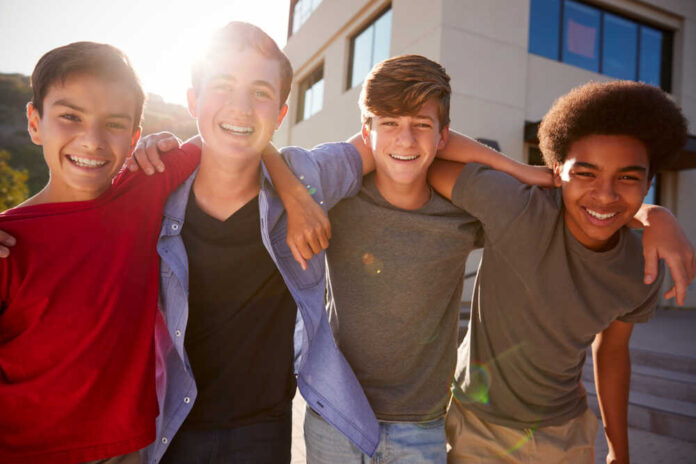
A survey by the University of Michigan discovered that high school senior boys are nearly twice as inclined to identify as conservative rather than liberal.
In contrast, twelfth-grade girls are even more prone to identifying themselves as liberal instead of conservative.
The Monitoring The Future survey, considered an academic project dating back to the 1970s and referenced by The Hill, reveals that political differences that used to be somewhat similar have increasingly diverged.
For senior boys in high school, conservative and liberal identification was nearly equal between 2014 and 2016, at approximately 19 percent for both groups.
By 2022, conservative identification had risen to 23 percent, despite a three-point decline from 2020.
Since 2016, the percentage of twelfth-grade boys identifying as liberal has fallen to 13 percent.
Between 2020 and 2023, conservative identification reached its highest levels since the early 1990s, although the numbers have typically lingered around the 20 percent mark, except from 1998 to 2002.
Conversely, liberal-identifying boys have been consistently trending downward since the survey’s inception in 1975, when it stood at 25 percent.
Ethan, a 21-year-old student from George Washington University, told The Hill that the influence of playing age-inappropriate video games and identifying with President Trump could explain this trend among boys.
Additionally, Tyler, an American University student, explained that attending an exceptionally liberal university led him to become more liberal, despite being conservative in high school.
He mentioned his disdain for the term “liberal,” suspecting that other young men might feel the same way due to conservatives equating liberalism with weakness.
The situation for young girls differs significantly, as liberal identification among senior girls has soared to over 30 percent recently. In contrast, the conservative label has plummeted to roughly a third of that figure, at 12 percent.
These patterns are also reflected in the work of Jean Twenge, an author and psychology professor at San Diego State University.
Her book “Generations” outlined a starker contrast between genders, with her data showing around 65 percent of boys identifying as conservative and approximately 31 percent of girls.














